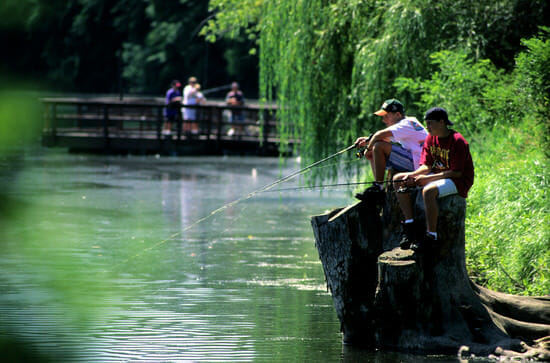Northfield’s water and you
Earth, air, fire, water—these are basic elements of life and sources of philosophical debate. In 2018, the current debate rests more with environmental responsibility than with Empedocles’s cosmogenic elements. Pollutants are no longer only large objects that volunteers fish out of the river at community clean-up days. They include more than chemicals from industrial (chromium-6), agricultural (nitrates), and seasonal sources (winter salt) spewed into the air or carried off into the soil or waterways. Urban areas are discovering lead in their drinking water from the pipes that carry it. Dangerous levels of the natural element arsenic are showing up in private wells, and waterproofing chemicals PFCs manufactured primarily by 3M have been found across the country in water, air, and soil.
Minnesotans, with their number one ranking of one recreational boat per every six people, do value their water sources. So what are they doing to keep them clean? Plenty. Randy Meier at fox9.com explains the problem: “The Minnesota Pollution Control Agency's most recent study clearly shows sediment clouds the water, phosphorus feeds algae and nitrogen and bacteria pose health risks to humans and animals.” He goes on to explain solutions: cities are improving their wastewater treatment and farmers are working to protect their farmland by implementing management methods, such as “private drainage ditches and buffer strips all designed to filter and move the water safely and cleanly through their fields.” The Minnesota Pollution Control Agency, with the help of a host of agencies throughout the state, is working to improve the quality of waterways within the Minnesota River Basin. Read about them here and here.

Closer to home is the Cannon River Watershed Project. This group works to clean and support the waterways in Southeastern Minnesota. They sponsor the Watershed Wide Clean Up every year as well as working to engage the community in protecting and improving the water quality of the Cannon River Watershed. They do this through various activities and their work with farmers, landowners, and communities. For more information and how you may get involved, go to their website. Then go to the website for Environmental Working Group to see how clean Northfield’s tap water is. The city council water division also publishes a Consumer Confidence Report that you may read here to compare with these other resources on water quality. Life is not simple but it is good to know you are not alone in caring for your world.
Credit: leg.state.mn.us
Bassanglermag.com

